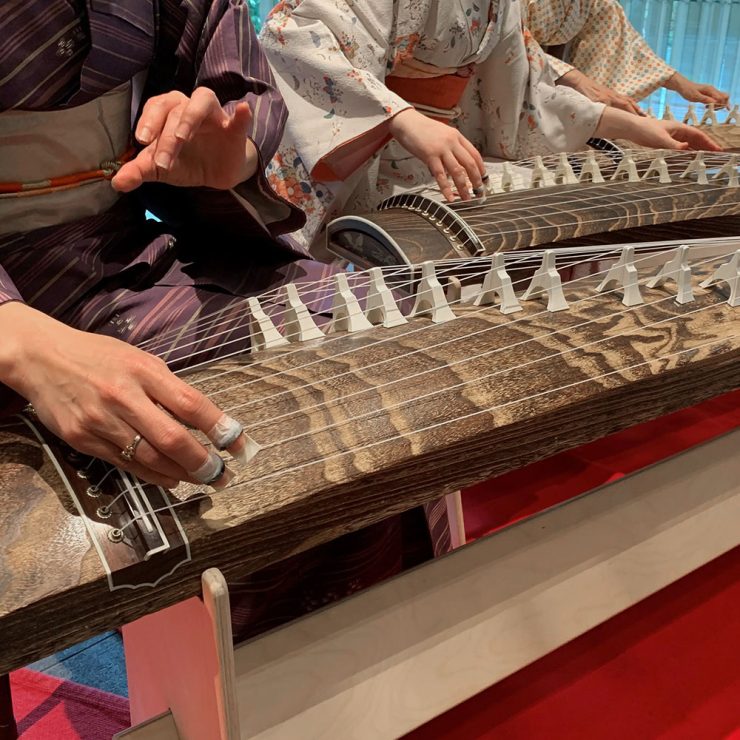
Naruwan Taiko
Wanting to spread the wide array of physical, mental, and social benefits of taiko to her local community, Diana Wu founded Naruwan Taiko and in early 2008, with the help of her collegiate taiko friends, she held a community workshop for San Diego with some taped tires and a once forgotten old lion dance drum with a growing hole in the center. Since that day, Naruwan has grown to over thirty performance members, met numerous community class attendees over the years, and thankfully, has been blessed with drums that don’t have holes in the center.
The word “Naruwan” (那魯灣)) is a Taiwanese Ami greeting, meaning “welcome, for we are all in the same family” and conveys the group’s belief that even though taiko is traditionally Japanese, it is an art form that has the ability to bring a diverse community together. Thus, the name embodies the group’s mission to provide everyone the opportunity to discover taiko and make joyous sound with each other, regardless of background, age, and experience. This year, Naruwan Taiko plans to build a full-fledged taiko center in San Diego where new interested students can come learn taiko, and taiko players from all over the world can come to share their taiko knowledge, and hopefully do it while enjoying some carne asada fries and California burritos.
category:
Traditional Japanese Music
Founder/Director:
Diana Wu
PERFORMANCE TIME
7:20PM
Taiko
The taiko is a traditional Japanese drum with a rich history dating back over 1,400 years. These drums come in various sizes, from small hand-held versions to massive barrel-like instruments that can measure up to 1.8 meters (6 feet) in diameter. Taiko are typically made from a single piece of wood, often keyaki (Japanese zelkova) or oak, hollowed out into a cylindrical shape. The drum heads, traditionally made from cowhide, are stretched tightly over both ends of the body and secured with tacks or ropes in intricate patterns.
Taiko drumming, known for its thunderous sound and dynamic performances, involves not just musical skill but also physical stamina and choreographed movements. Players use large bachi (wooden sticks) to strike the drum, producing a range of sounds from gentle taps to resounding booms. While historically used in religious ceremonies, folk festivals, and as a means of communication the villages, modern taiko has evolved into a vibrant performing art. Today, taiko ensembles showcase complex rhythms, synchronized movements, and intense energy, captivating audiences worldwide with their powerful and visually striking performances.






